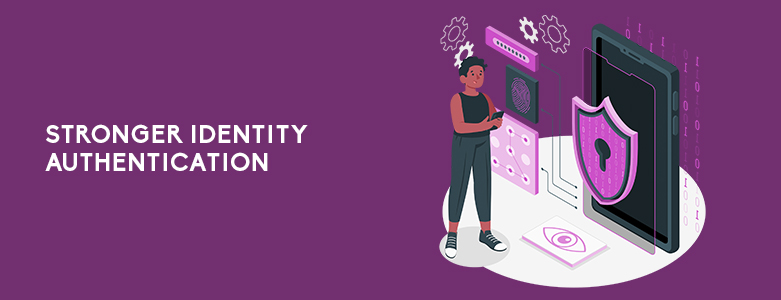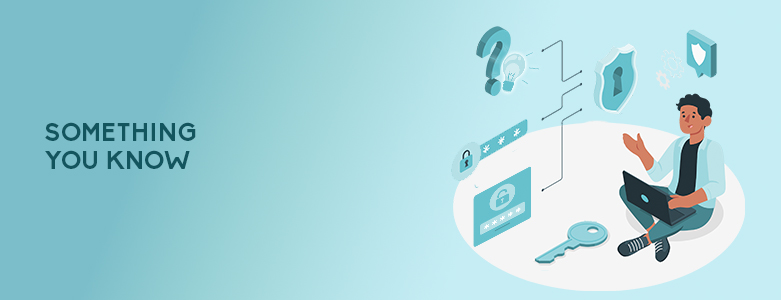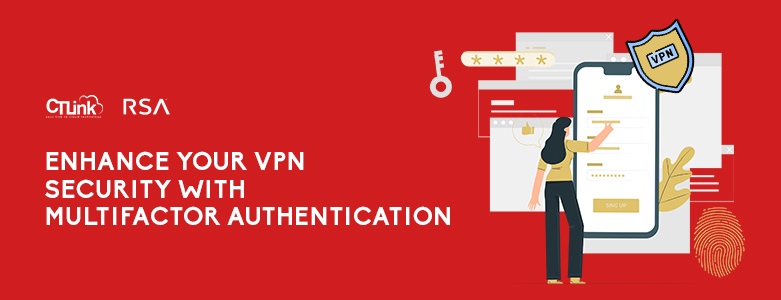4 Benefits Of Multi-Factor Authentication

What are the benefits of having multi-factor authentication? Stronger Identity Authentication Remote Work Security Easy Implementation Customizability If you never thought about multi-factor authentication in the Philippines, you need to consider it now. From email accounts, bank accounts, and work databases—you need the right login credentials to gain access to these. But is having […]
3 Types Of Multi-Factor Authentication

What are the types of multi-factor authentication methods? Something You Know Something You Have Something You Are Multi-factor authentication refers to two or more verification processes that a user must comply with before they can access an account, view data, or make a transaction. Compared to only username and password information, this method allows you […]
Enhance your VPN security with RSA’s Multifactor Authentication!

Today, traditional username and password is no longer enough to ensure the security of your network. As users are likely to reuse passwords, credentials are vulnerable to leakage, which become additional potential entry points for threat actors. This is because cyberattacks now indirectly target networks through your users and their devices. In the Philippines where […]
Five tips from Microsoft Detection and Response Team to minimize Advanced Persistent Threats
Microsoft’s Detection and Response Team (DART), in an effort to encourage the use of better security practices, is planning on sharing its experiences wit customers to let others know the methods of hackers. One particular customer story just shows how some organizations are still lax when it comes to security as they had 6 different […]
